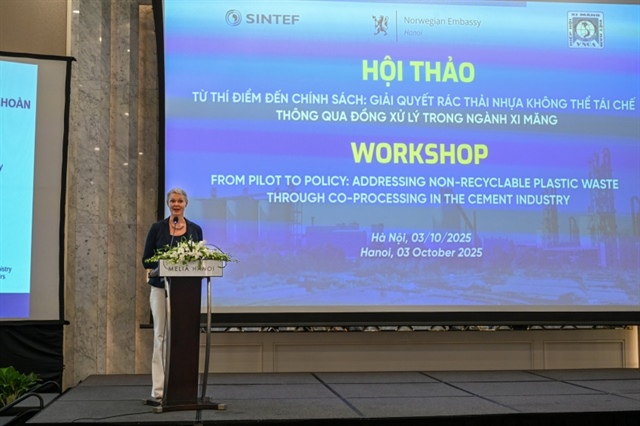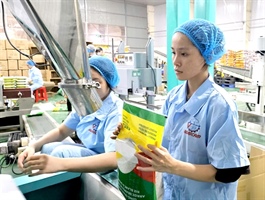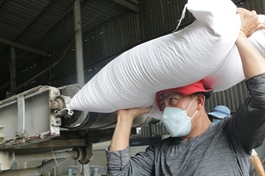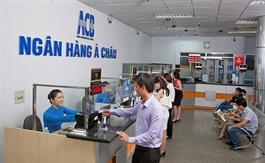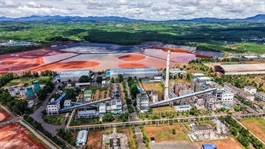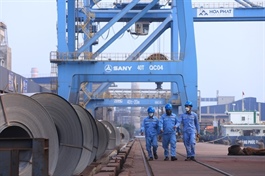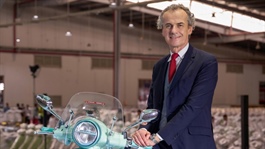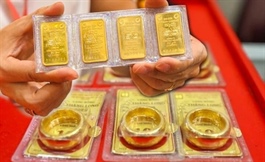Vietnam explores co-processing in cement as a scalable solution
Vietnam explores co-processing in cement as a scalable solution
Industry leaders argue that co-processing plastic waste in cement kilns could provide Vietnam with a scalable solution in heavy industry as it pursues green and circular growth.
|
On October 3 in Hanoi, the Norwegian Foundation for Scientific and Industrial Research (SINTEF) and the Royal Norwegian Embassy, in collaboration with the Vietnam National Cement Association (VNCA), held a workshop on non-recyclable waste in the cement industry. The event marked the official conclusion of the OPTOCE Project (“Ocean Plastic Turned into an Opportunity in Circular Economy”), funded by the Norwegian government.
“Combating marine plastics and climate change is a top priority for Norway – both globally and in Vietnam,” Norwegian Ambassador to Vietnam Hilde Solbakken said in her opening remarks. “Through OPTOCE, we’ve seen how science-based solutions like co-processing can transform plastic waste into a resource that benefits the climate, the economy, and communities. Norway remains committed to scaling this approach in Vietnam and across the region, especially in the context of our partnership under JETP.”
More than six years ago, OPTOCE was launched as a regional initiative in five countries, including Vietnam, and later expanded to eight countries across Asia. Dr. Kåre Helge Karstensen, Chief Scientist and Programme Manager of OPTOCE, said: “Today, its success demonstrates that co-processing non-recyclable plastics in cement kilns is not only technically feasible and environmentally sound but also capable of delivering rapid, large-scale impact. The next step is to move beyond pilots and integrate this solution into national policy frameworks to drive systemic change.”
Vietnam’s cement sector, among the largest in the world, has already piloted this approach. Assoc. Prof. Dr. Lương Đức Long, vice president of VNCA, said: “Co-processing waste in cement kilns is a safe and the most effective solution. VNCA and cement factories in Vietnam have been actively implementing co-processing of wastes in the cement kilns. We would like to have the environmental enterprises on board in an effort to convert wastes into an alternative fuel. At the same time, we hope that the government will introduce specific policies and incentives that benefit both enterprises involved in the co-processing chain and the consulting organizations in supporting transfers of co-processing technology to enterprises. If we join forces and are determined, co-processing will be scaled up, turning wastes into ‘black gold’, turning cement factories into the ideal co-processing hub, and thus contributing to a greener, cleaner, and more beautiful Vietnam in the new era of the country's development.”
The workshop featured several presentations and a panel discussion focusing on the legal framework, potential waste supplies, as well as the practices and challenges in implementing co-processing in Vietnam. Delegates highlighted opportunities, challenges, and solutions to integrate co-processing into the National Waste Management Strategy.
The OPTOCE project has already piloted the use of cement kilns in Vietnam. In December 2021, a pilot at INSEE cement plant in Hon Chong, Kien Giang province, was followed by a project with Lam Thach Green Cement Company (QNC) in the north, where low-value, non-recyclable rejects from the craft villages of Minh Khai (Hung Yen) and Trang Minh (Haiphong) were successfully co-processed.
Today, both INSEE and Lam Thach achieve a thermal substitution rate of 35–40 per cent, showing that with supportive policies and partnerships, Vietnam can scale up co-processing to cut coal use and curb plastic leakage.
- 13:48 07/10/2025


